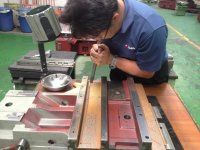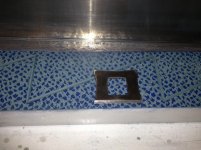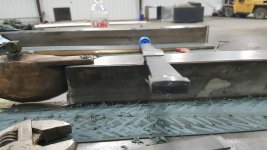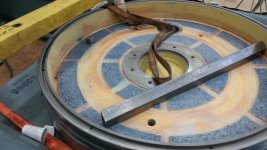macds
Hot Rolled
- Joined
- Jul 24, 2008
- Location
- Milverton, Ontario, Canada
Gentlemen,
I am in the process of helping a buddy rebuild his fadal.
I plan on machining the turcite flat and cutting oil grooves approx .015" deep using a 1/8" ball mill.
My question is, what style oil grooves should I cut? Should I cut the olympic ring style, factory fadal (radius-line radius), or should I cut joined sweeping arcs (like a large lazy w).
How close to the edges of the turcite should I get?
Should I join from one lube hole to the other? (each turcite strip has a lube hole in each end)
Also, do i need to concern myself with the cc volume of the oil shot potentially raising the saddle \ table, hydraulic jack style (if oil shot volume is larger than groove capacity)?
Thanks for the help.
I am in the process of helping a buddy rebuild his fadal.
I plan on machining the turcite flat and cutting oil grooves approx .015" deep using a 1/8" ball mill.
My question is, what style oil grooves should I cut? Should I cut the olympic ring style, factory fadal (radius-line radius), or should I cut joined sweeping arcs (like a large lazy w).
How close to the edges of the turcite should I get?
Should I join from one lube hole to the other? (each turcite strip has a lube hole in each end)
Also, do i need to concern myself with the cc volume of the oil shot potentially raising the saddle \ table, hydraulic jack style (if oil shot volume is larger than groove capacity)?
Thanks for the help.
















